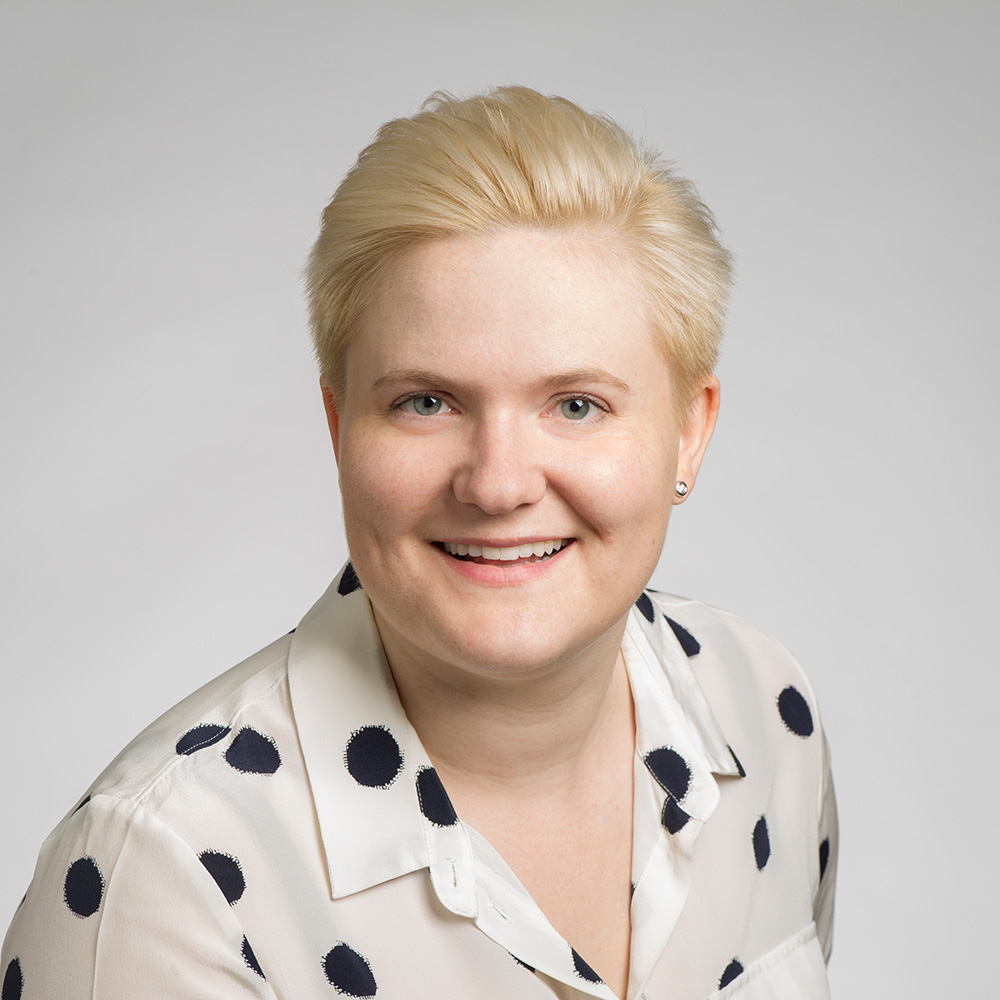The theme of this year’s International Women in Engineering Day (23 June) is ‘Shape the World’, highlighting the ways engineering makes the world a better, safer and more exciting place to be.
To celebrate, create spoke to three women at different stages of their engineering careers about the obstacles they have overcome, what they love about the profession and how to correct the gender imbalance that means women remain woefully underrepresented at just 12.4 per cent of the qualified engineering workforce.
Building a future for women in STEM
Chair of Engineers Australia’s National Committee for Women in Engineering Hayley Rohrlach said the battle for women in engineering begins at a young age and lasts throughout life.
“Research indicates that girls’ interest in STEM can be lost before they leave primary school,” she said.

“I believe creating and developing programs early in children’s development that opens up the interest in various STEM careers is really important. Trying to reverse those gender stereotypes once girls get to high school is also key.”
A Senior Civil Engineer at AECOM in Adelaide, Rohrlach is currently the civil lead on Defence infrastructure projects. She comes from a family that worked in the construction industry, and has had a lifelong interest in learning how things work.
“My most rewarding project was a recently completed Defence capability building project,” she said.
“The project required significant work with building services, major trunk infrastructure relocations and coordination with adjacent projects.”
While working on such important and challenging projects is rewarding, she said the profession needs to do a better job of retaining talented women.
“We need to not only broaden the talent pool, but realise that there is a challenge to ensure that women stay in their careers,” she said.
“That’s what we try and do as part of the Women in Engineering Committee: attract, retain, support and celebrate women throughout their careers.”
Leaders for the digital age
Dr Muneera Bano is a senior lecturer at Deakin University. With a PhD in software engineering, she has worked at the forefront of human-centred technologies. Today, her interests are geared towards engineering technology to work better with the people who use it, and promoting women in STEM.
“One of the specific stereotypes I encountered in software engineering in my native Pakistan was that jobs were often available for women as analysts or testers, and not as programmers, because there was a preconception that women were better at going deeper to find faults, whereas men would be preferred as programmers,” she said.
“In Australia, I have only worked in academia. Universities here have quite open policies on diversity and inclusion, but the problem is that there are a very small number of qualified women in these jobs.”
Dr Bano said she feels that one barrier to entry for women into software engineering is stigma during high school, where girls think these subjects are difficult or boring, and only for high achievers.
“In Pakistan, my mother’s generation was denied access to education. I was given an opportunity, and I decided that I was deliberately going into a male-dominated field to prove a point,” she said.
She added that her passion for engineering comes from this sense of purpose, and that access to education should not be taken lightly. To this end, Dr Bano has been involved in an outreach program at schools as a Superstar of STEM for Science and Technology Australia.
“The program presents women as role models to younger girls and boys, so they can see female leaders in STEM from a very young age,” she said.
“It not only encourages the students, but it also changes their perceptions of scientists and researchers.”
Hope for the future
For fifth year Curtin University mechanical engineering and commerce student Jazlyn Peattie, the lack of diversity in STEM represents an opportunity to make a real difference.
“I decided to study engineering as I loved maths and science in high school, but knew that I didn’t want to work in research,” she said.
“I started out studying chemical engineering, but soon discovered that it didn’t have much chemistry in it. I realised that all engineering really was underpinned by mechanics, and wanted to challenge myself with it.”
Peattie said that mechanical is one of the most male-dominated fields of engineering, with only about three female students in her year compared to two-to-three hundred men.
“I haven’t had many problems, and since I changed my mindset from looking at the differences to appreciating the similarities, I’ve made friends for life,” she said.
“On the whole, engineering is a really great community, and there is strong mutual respect.”
Peattie agrees with Rohrlach and Bano that school outreach programs providing positive role models for girls in STEM will help to correct the gender imbalance, and said she wishes she had a better grounding in scientific fields from earlier in life.
“At university, I struggled with spatial awareness classes. It starts from childhood, when boys play with building equipment and trucks, while girls play with dolls,” she said.
“But overall, I love the way that mechanical engineering has helped me to understand the world, because it sparks ideas about how to make things better. I also love the versatility: it is the broadest major and applicable to so many industries, everything from material science to fluid mechanics to control systems.”
Her hard work has paid off, with Peattie receiving a prestigious scholarship through the New Colombo Plan to study in Japan next year — COVID-19 permitting.
“The world is changing so fast; it’s getting so technical and complex. I’m passionate about the less traditional areas of engineering and asserting my femininity, so I’ll be doing my thesis on the engineering applications of origami,” she said.
“One of my goals for the future is to help other young women. When I grew up … there weren’t as many initiatives then to help women get into STEM as there are today.”
